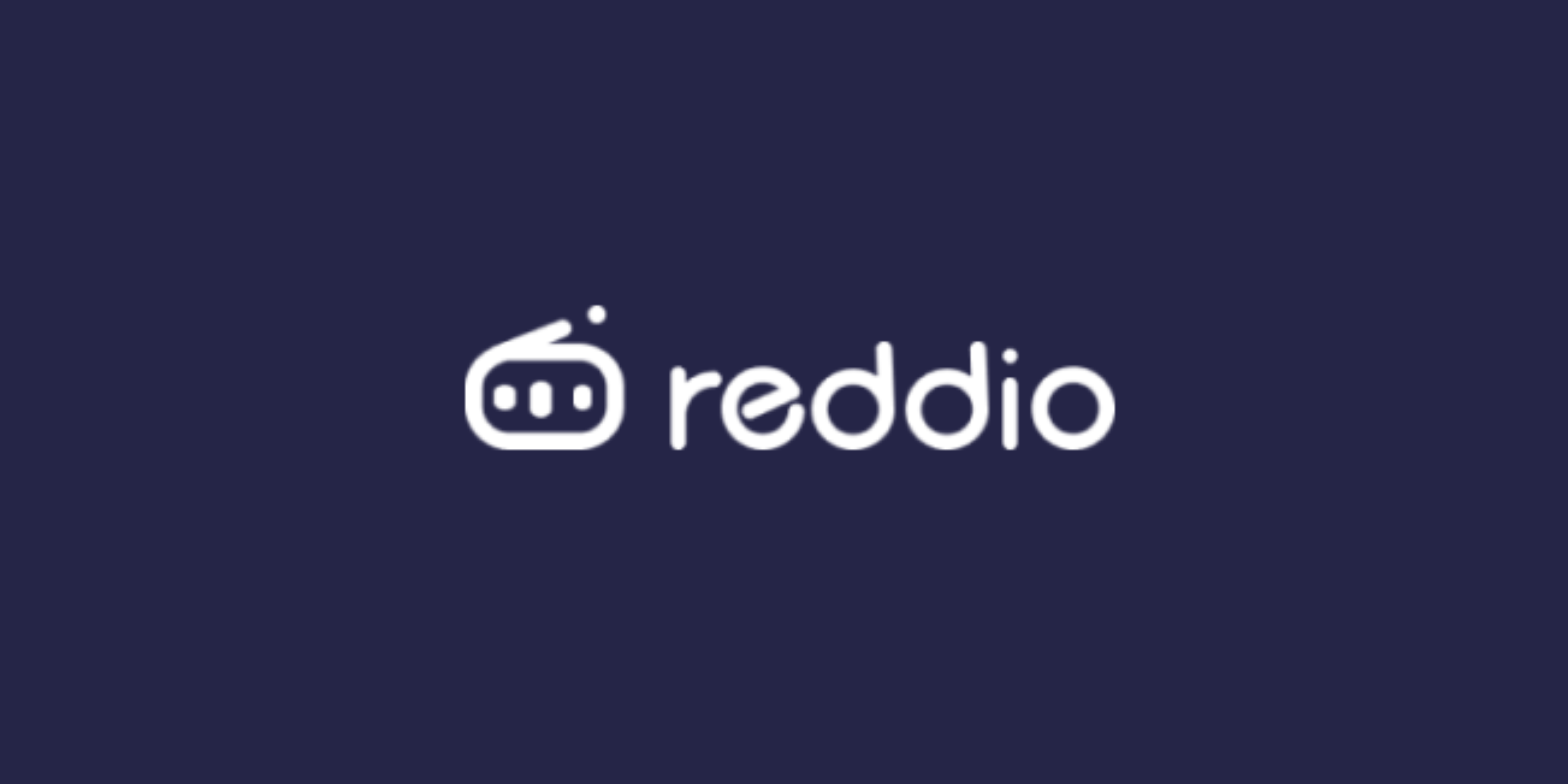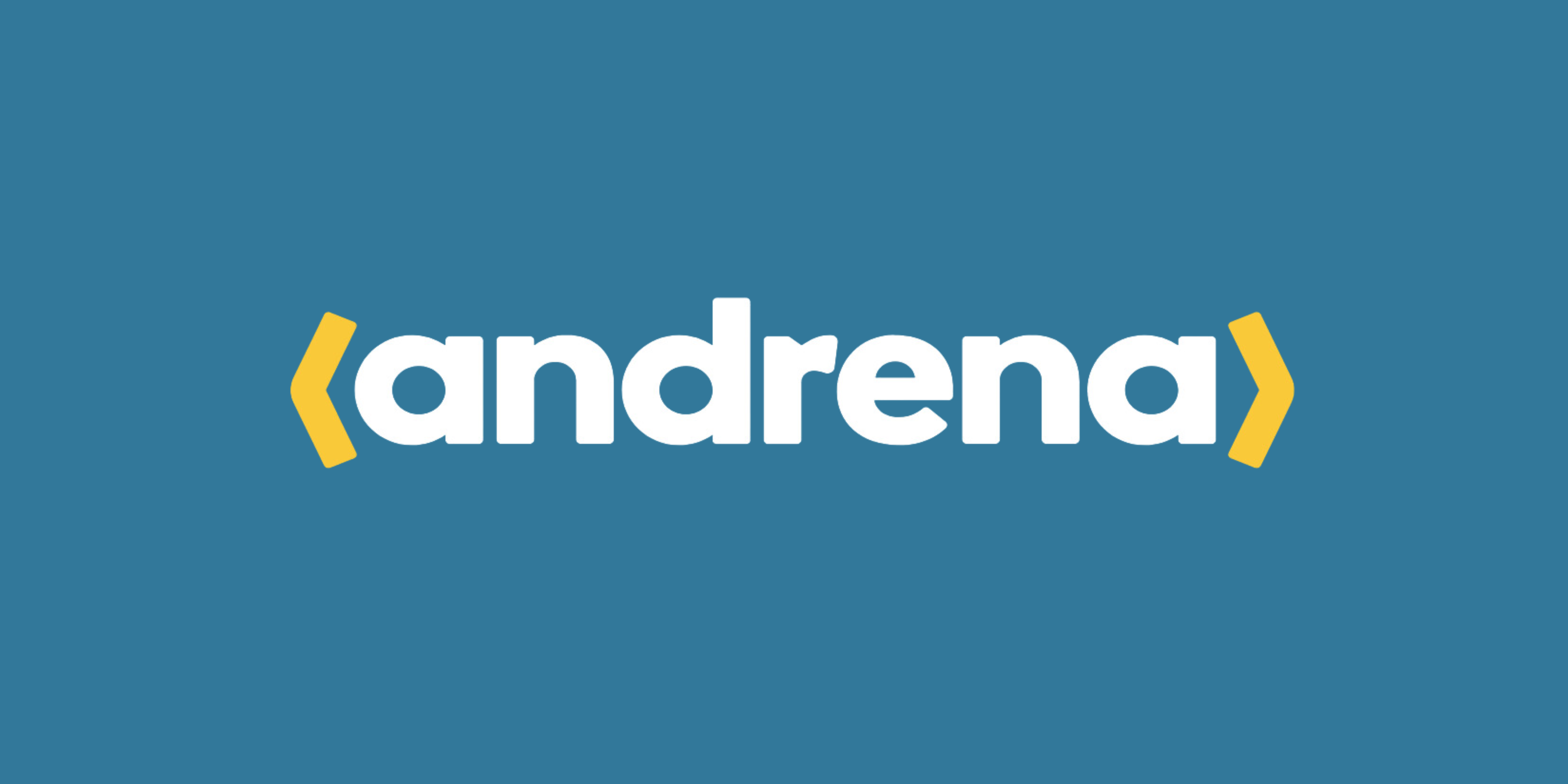Introduction
Reddio is an advanced Ethereum-compatible Layer 2 (L2) solution to improve blockchain performance through zero-knowledge (zk) technology. It introduces innovative features such as Parallel Execution, GPU Acceleration, and a Modular Sequencer to enhance scalability, transaction speed, and adaptability for developers building decentralized applications (dApps) on Layer 2 and 3.
Innovation
Reddio distinguishes itself with features designed to optimize performance and flexibility. Integrating zk-technology with advanced processing capabilities tackles common scalability issues while maintaining Ethereum compatibility. Key features include:
- Parallel Execution: Boosts throughput by allowing independent transactions to run concurrently, reducing congestion.
- GPU Acceleration: Utilizes CUDA and GPU technology to speed up EVM processes, enhancing the efficiency of smart contract execution.
- Modular Sequencer: A flexible, high-performance framework supporting various virtual machines (VMs) and data availability (DA) layers, promoting interoperability.
Architecture
Reddio’s architecture emphasizes modularity and adaptability, supporting multiple VMs (e.g., EVM, Parallel EVM, CairoVM) and DA layers like Ethereum, Avail, and Celestia. The platform’s modular sequencer, built on the Yu framework in Golang, enables developers to create specialized Layer 3 (L3) Appchains with custom performance and interoperability requirements. This adaptability allows for sophisticated blockchain environments, which are ideal for high-throughput applications such as DeFi and gaming.
Code Quality
The Reddio codebase reflects advanced technical standards. It leverages parallel processing and GPU acceleration through the CuEVM project, transforming Ethereum’s EVM opcodes into CUDA kernels. This results in a scalable, robust execution environment. Nevertheless, the integration of GPU acceleration introduces additional complexity, requiring advanced developer knowledge and careful maintenance.
Product Roadmap
Reddio’s roadmap focuses on expanding its modular capabilities and enhancing compatibility with Ethereum’s ecosystem. Upcoming milestones include broader VM and DA layer support, anti-MEV measures, and extended zk-proofing functionalities. The roadmap demonstrates a commitment to scalability, performance, and developer support.
Usability
Reddio offers a developer-friendly framework that enhances usability through flexible and interoperable design. However, introducing CUDA-based GPU acceleration may present a learning curve for developers unfamiliar with GPU-optimized environments. Comprehensive documentation and community support will be essential to reduce barriers and support widespread adoption.
Team
The Reddio team has a solid cryptographic research, software engineering, and blockchain development background. The platform’s design shows the team’s ability to integrate complex components like zk-technology, parallel processing, and GPU acceleration. Continued focus on transparency and communication will reinforce Reddio’s technical credibility within the developer community.
Conclusion
Reddio presents an ambitious Layer 2 solution, blending zk-technology with innovative processing features to achieve high scalability without compromising security. Its modular, GPU-accelerated framework positions it as a strong candidate for high-performance dApp development. However, successful adoption will depend on compatibility with Ethereum’s ecosystem, thorough security audits, and adequate community resources. If these elements are addressed, Reddio could significantly contribute to the evolution of Ethereum-compatible Layer 2 solutions.
| Initial Screening | |||
| Keep researching | |||
| Does this project need to use blockchain technology? | Yes | ||
| Can this project be realized? | Yes | ||
| Is there a viable use case for this project? | Yes | ||
| Is the project protected from commonly known attacks? | Yes | ||
| Are there no careless errors in the whitepaper? | Yes | ||
| Project Technology Score | |||
| Description | Scorecard | ||
| Innovation (Out Of 11) | 7 | ||
| How have similar projects performed? | Good | 2 | |
| Are there too many innovations? | Regular | 2 | |
| Percentage of crypto users that will use the project? | Over 11% | 5 | |
| Is the project unique? | No | -2 | |
| Architecture (Out of 12) | 11 | ||
| Overall feeling after reading whitepaper? | Good | 2 | |
| Resistance to possible attacks? | Medium | 1 | |
| Complexity of the architecture? | Easy | 2 | |
| Time taken to understand the architecture? | Less than 20 min | 2 | |
| Overall feeling about the architecture after deeper research? | Good | 4 | |
| Has the project been hacked? | No | 0 | |
| Code Quality (out of 15) | 13 | ||
| Is the project open source? | Yes | 2 | |
| Does the project use good code like C,C++, Rust, Erlang, Ruby, etc? | Yes | 2 | |
| Could the project use better programming languages? | No | 0 | |
| Github number of lines? | More than 10K | 1 | |
| Github commits per month? | More than 10 | 2 | |
| What is the quality of the code? | Good | 2 | |
| How well is the code commented? | Outstanding | 2 | |
| Overall quality of the test coverage? | Good | 1 | |
| Overall quality of the maintainability index? | Good | 1 | |
| When Mainnet (out of 5) | 5 | ||
| When does the mainnet come out? | Mainnet | 5 | |
| Usability for Infrastructure Projects (out of 5) | 5 | ||
| Is it easy to use for the end customer? | Yes | 5 | |
| Team (out of 7) | 5 | ||
| Number of active developers? | 5+ | 2 | |
| Developers average Git Background? | Intermediate | 1 | |
| Developers coding style? | Solid | 2 | |
| Total Score (out of 55) | 46 | ||
| Percentage Score | |||
| Innovation | 12.73% | ||
| Architecture | 20.00% | ||
| Code Quality | 23.64% | ||
| Mainnet | 9.09% | ||
| Usability | 9.09% | ||
| Team | 9.09% | ||
| Total | 83.64% |





